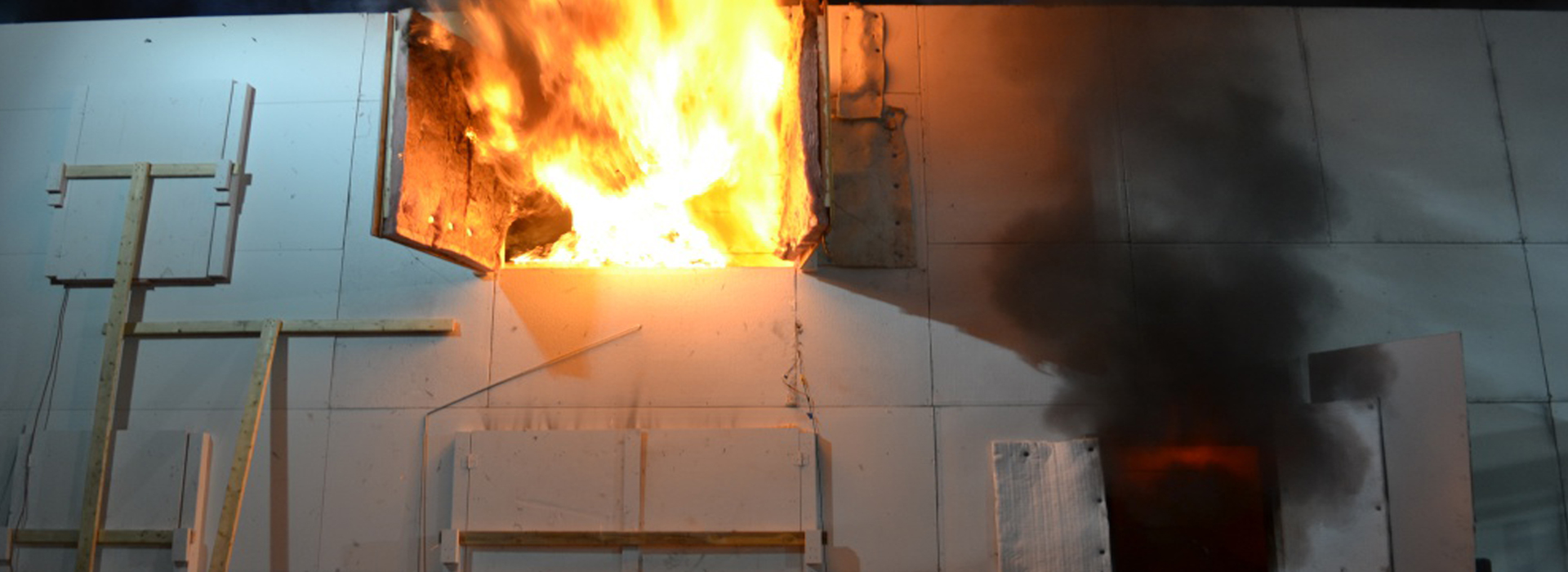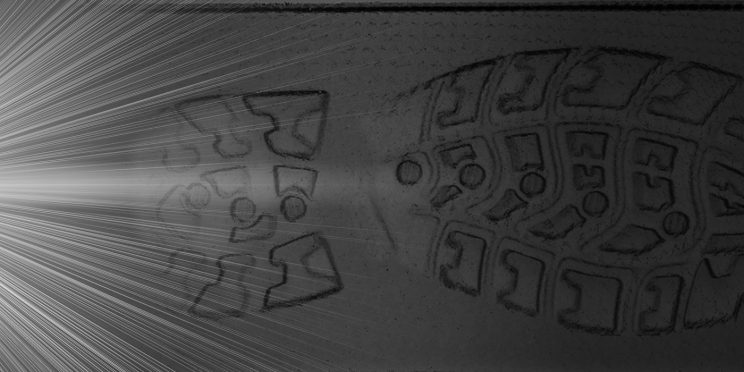This webinar originally occurred on June 10, 2020
Duration: 1 hour
Overview
During the past decade, the UL Firefighter Safety Research Institute has conducted research examining fire-fighting tactics. This research found that factors such as construction materials, contents, size, and geometry have a significant impact on residential structure fires. These factors also impact fire investigation. Today’s fires are predominantly fueled by synthetic contents and commonly become ventilation-limited, meaning that how and where the fire receives oxygen impacts the fire dynamics and subsequent fire patterns.
This presentation will examine the changes that have occurred on the fire scene through comparisons of furnishings made with natural materials and furnishing composed of synthetic materials. Additionally, we will review fire dynamics basics and flow paths to prepare for examining results from a series of full-scale house experiments. The experiments examined the changes in fire patterns relative to the changes in ventilation. The structures built for the study included a 1,200 sq. ft. one-story ranch structure and a 3,200 sq. ft. two-story colonial. The colonial had an open design floor plan, which included a two-story family room and open foyer. The results from the full-scale experiments demonstrate how “two points of origin” may be generated from a single point of origin.
The experiments were planned with the assistance of a technical panel that included members of ATF, IAAI, NAFI, NASFM, NIST, NIST OSAC, and NFPA 921. The test scenarios ranged from fires in the structures with no exterior ventilation to room fires with flow paths that connected the fires with remote intake and exhaust vents throughout the structures. This study was supported by a grant from the National Institute of Justice.
Detailed Learning Objectives
- To understand the difference between a fuel controlled fire and a ventilation controlled fires.
- To understand the definition of flow path with regard to structure fires and how this impacts where flaming combustion can exist.
- To understand the relationship of oxygen availability to fire damage in different areas of the structures.
Presenter
- Daniel Madrzykowski
Funding for this Forensic Technology Center of Excellence webinar has been provided by the National Institute of Justice, Office of Justice Programs, U.S. Department of Justice.
The opinions, findings, and conclusions or recommendations expressed in this webinar are those of the presenter(s) and do not necessarily reflect those of the U.S. Department of Justice.
Contact us at ForensicCOE@rti.org with any questions and subscribe to our newsletter for notifications.




